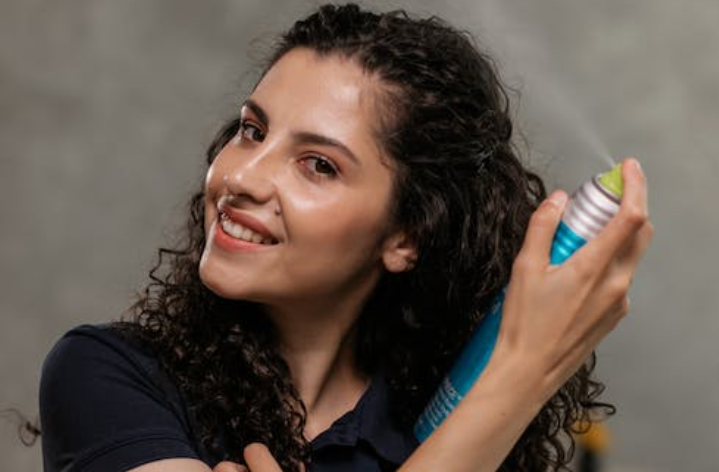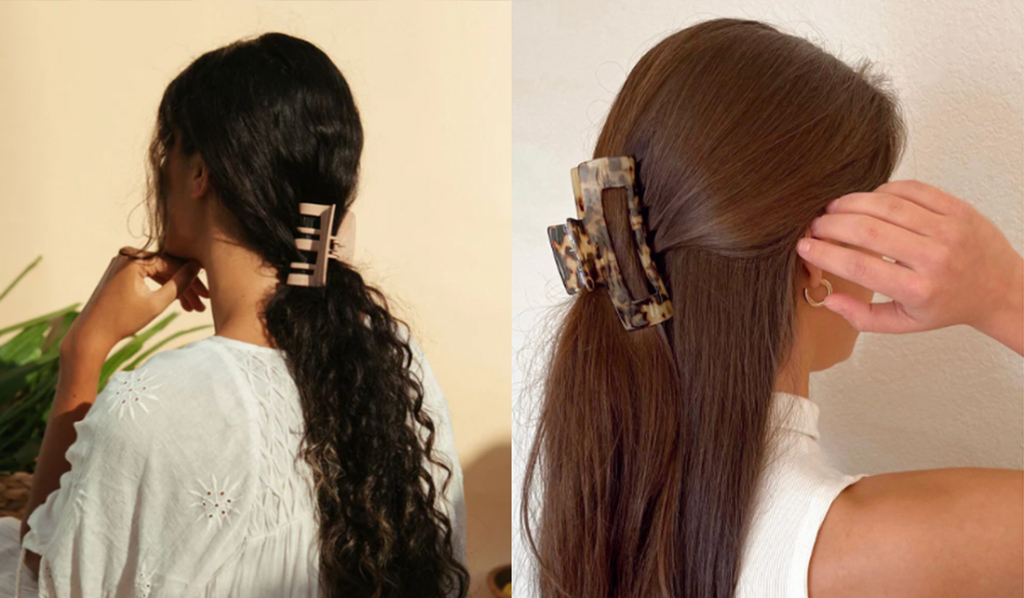Stop Wasting Money! Here’s How To DIY Dry Shampoo Yourself

© Alena Darmel / Pexels
While feeling dry and dehydrated in your skin can be quite uncomfortable, your hair is definitely a different story. While hairspray helps give that flat hair volume, sometimes what your hair really needs is a good wash. However, there are times when you just can not be bothered to wash your hair. Or maybe you are trying to keep your hair healthier by washing them less. But what can you do in between hair wash days to keep their hair looking fresh? Well, one thing you can do is to use dry shampoo. However, these small miracles in a bottle can become quite expensive at times. That’s why it’s best to opt for a DIY dry shampoo option. Here is all you need to know to get started.
What is Dry Shampoo?
Dry shampoo is a hair care product designed to help refresh and clean your hair without the need for water. It comes in a spray or powder form and is typically used to absorb excess oil and sebum from the scalp and hair, making it look and feel less greasy. Dry shampoo is a convenient option for people who don’t have the time to wash their hair with traditional shampoo and water, or for situations where water isn’t readily available.
How Does Dry Shampoo Work?
The key to understanding how dry shampoo works lies in the natural oils produced by your scalp, known as sebum. These oils serve to soften hair and protect the skin underneath, but they can accumulate, leading to a greasy appearance.
Instead of the time-consuming and potentially damaging routine of daily washing, blow-drying, and styling, dry shampoo offers a quick and effective solution. Dry shampoos typically contain active ingredients such as alcohol or starch-based substances that are designed to absorb excess oils and sweat from your hair. This absorption process helps to remove the buildup of oils, making your hair look cleaner and less greasy.
Moreover, dry shampoos often incorporate fragrances, which not only mask any unwanted odors but also leave your hair smelling fresh and pleasant between washes. This combination of oil absorption and fragrance application makes dry shampoo a versatile and convenient product for extending the time between traditional hair washes, providing a quick fix for those days when you’re short on time or simply want to maintain the health and appearance of your hair without the hassle of a full wash and styling routine.
How to Use Dry Shampoo?
Here’s how you can use dry shampoo:
1. Application
You apply dry shampoo by spraying it directly onto your scalp and hair roots or by sprinkling it as a powder. It’s important to hold the spray at a distance to ensure even distribution and avoid overloading your hair with the product.
2. Absorption
The key ingredient in dry shampoo is usually an absorbent substance like starch, clay, or rice powder. This ingredient soaks up excess oil and grease from your hair and scalp.
3. Massage and Wait
After applying dry shampoo, you should gently massage your scalp and hair to distribute the product and help it absorb the oils. You should also wait a few minutes to allow the dry shampoo to work its magic.
4. Brush or Comb
Finally, you can brush or comb your hair to remove the excess product and distribute it evenly. This should leave your hair looking fresher and less oily.
DIY Dry Shampoo Recipe
Now onto what you came here for, a simple yet easy DIY dry shampoo recipe. Here is how you can make your own homemade dry shampoo:
There is one primary ingredient you will need to get started, and that is powder. The primary purpose of this powder is to effectively remove excess oil from your hair. You have the flexibility to select from a variety of powders for this DIY dry shampoo recipe, including:
- Arrowroot powder
- Corn starch
- Rye flour
How to Get Started?
To make your homemade dry shampoo, begin by measuring out 2 tablespoons of your chosen powder and placing it into a mixing container. Stir the powder with a spoon until it achieves a smooth consistency. This simple blend is all you need to create your very own dry shampoo.
It’s important to note that while these powder options can work effectively for all hair types, they may impart an ashy appearance on darker hair. Therefore, individuals with darker hair shades should be aware that the use of these powders might result in a temporary lightening effect, which may not be ideal for their hair color.
What About Dark Colored Hair?
If you have darker hair, consider adding 2 tablespoons of cocoa powder to your dry shampoo mix. Cocoa powder can help counteract the lightening effect that some powders may have on dark hair due to its magnesium content. However, it’s worth noting that there isn’t substantial scientific evidence to support this claim.
On the other hand, if you have jet-black hair, you can opt for charcoal as an alternative ingredient. Charcoal is renowned for its excellent oil-absorbing properties and can provide a deep cleanse for your hair while potentially preventing the buildup of dandruff, as suggested by some research.
What About Redheads?
Redheads can enhance their hair color by incorporating cinnamon into their DIY dry shampoo mixture. Beyond its color-enhancing properties, cinnamon may also contribute to improved hair health and growth, as suggested by a recent animal study. To achieve the desired shade, it’s essential to experiment with the amount of cinnamon used, typically starting with around 1/2 tablespoon and adjusting as needed.
For those who find the color isn’t quite perfect, blending cinnamon and cocoa powder with the base can be an effective solution. This method allows redheads to customize their hair color and potentially promote hair vitality simultaneously.
Does a DIY Dry Shampoo Really Work?
Yes, DIY dry shampoo can be effective and work well for many people. The effectiveness of a DIY dry shampoo largely depends on the ingredients used and how it’s applied. However, there are two main things to consider:
- Choice of Ingredients: DIY dry shampoos often use readily available ingredients like cornstarch, arrowroot powder, or rice flour. These ingredients are known for their oil-absorbing properties, which can help reduce greasiness and refresh your hair.
- Customization: DIY dry shampoos can be customized to match your hair color or address specific hair needs. For example, adding cocoa powder to the mixture can help darken the shampoo for those with darker hair shades.
Downsides of Dry Shampoo
Dry shampoo is generally a convenient and effective product, but it’s important to use it in moderation to avoid potential drawbacks. When used in moderation, dry shampoo typically doesn’t have many drawbacks. If you’re using it once or twice a week to refresh your hair after a workout or to maintain a fresh blowout, you’re likely to experience no negative effects from its use.
However, excessive use of dry shampoo, especially for more than two consecutive days, can lead to some adverse effects. It has the potential to irritate and excessively dry out your scalp. Additionally, the product can clog the pores on your scalp, which may result in painful pimples or a rash. Therefore, it’s crucial to avoid overusing dry shampoo to maintain a healthy scalp.
Will you be making a DIY dry shampoo soon? Make sure to test it out, and let us know in the comments below how it went!
You might also want to read: Can Castor Oil Really Provide Benefits?


